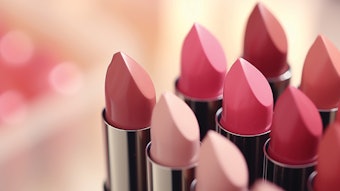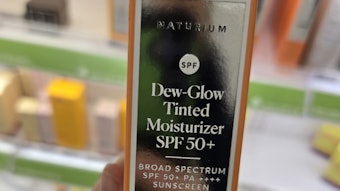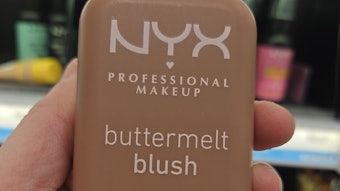The phrase industrial cosmetic may seem like an oxymoron, however, it applies perfectly to nail polish. Nail polish differs from other cosmetics in its roles as both a decorative cosmetic and a coating to resist a variety of challenges to its integrity. While nail polish, also referred to as nail enamel or nail lacquer, is a development of the 20th century, the idea of decorating nails goes back as far as the ancient Egyptians in 1500 B.C.1 and the Chinese in 3000 B.C.2 The Egyptians used henna to color nails, with dark reds and crimson being reserved for women of the highest social order. The Chinese also decorated their nails using herbal extracts and a “lacquer” made from gum arabic, egg whites, gelatin and beeswax. Like the Egyptians, the Chinese reserved dark colors such as red and black for royalty.
Generally, methods to apply color to the nails have mimicked the available technologies for coatings at given periods of time. For instance, before the 1920s, most women pursued a polished look by massaging tinted powders and creams into their nails, then buffing them for shine. The development of automobile paint in 1920, however, provided the genesis for modern nail polish since, until then, there was no way to impart long-lasting colored film on the nails. Michelle Menard is generally credited as the first person to develop nail polish based on automobile paint. Since then, nail polish formulations have evolved to provide a platform for the variety of nail colors and effects desired by the consumer. Before discussing how nail polish is formulated to achieve the desired performance, this article will review the variety of materials that impart color and effects in nail polish.










